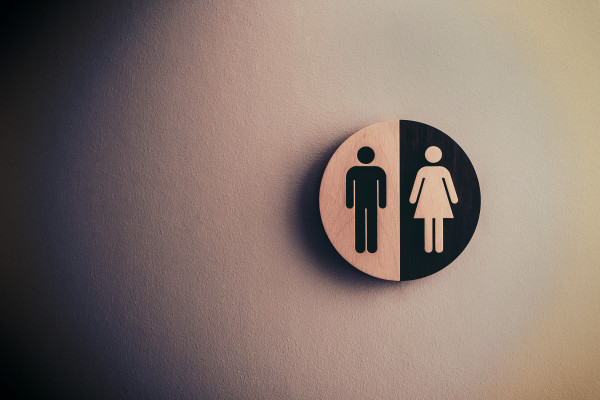

The government has revealed a goal of eliminating the gender state pension gap by 2040, while pointing to auto-enrolment as a tool to decrease the overall savings shortfall between men and women.
In response to a question on the steps that the government is taking to address the gender pensions gap on June 27, Baroness Stedman-Scott attributed the shortfall primarily to “labour market participation differences”.
“We are working with employers and partners on ways to address this, including by promoting women’s progression in workplaces and introducing shared parental leave and mandatory gender pay gap reporting,” the parliamentary under-secretary of state at the Department for Work and Pensions said.
“Automatic enrolment and the new state pension are enabling more women to build up pension provision in their own right, reducing historic inequalities in the pensions system.”
Steadman-Scott argued that the gap between men and women specifically in relation to the state pension is decreasing and that the government “honestly believe(s)” that by 2040 “it will be equal”.
A DWP spokesperson added: “The new state pension was introduced in 2016 to provide a clearer, simpler and more sustainable system for the future. Under the new state pension, outcomes are expected to equalise for men and women by the early 2040s – over a decade earlier than they would have done under the old system.”
Regarding the overall shortfall between man and women's pensions savings, recent analysis from Legal & General revealed that the gender pensions gap has not substantially improved since 2020, with the shortfall worsening for some age groups and sectors.
The average pension pot of a woman at retirement was found to be £12,000, compared with an average of £26,000 for a man.
Reforms needed to address gender pension gap
The government has faced repeated calls to implement the recommendations of its 2017 auto-enrolment review. It has declined to provide a timetable for their implementation, with measures such as the abolishing of the qualifying earnings threshold seen as a way of helping to close the gender pensions gap.
Smart Pension director of policy Darren Philp said that the review’s conclusions need to be carried out in order to achieve pensions parity, followed by an assessment of labour market issues that have driven the gap.
Philp stressed the need to find “a way to help parents, the majority of whom are women, who take extended periods out of the labour market due to childcare needs”.
Rebecca O’Connor, head of pensions and savings at Interactive Investor, also called for reforms to parental support.
“Shared parental leave is one thing and the first step, but the next step must be equal parental pay for leave.
“That is because the first point in working life that pensions go wrong for women is when they become mothers, and that is categorically because women are generally paid more for taking maternity leave than men are paid for paternity leave,” O’Connor continued.
“Without enforcing equal parental pay — not just leave, for fathers as well as mothers — women will continue to permanently leave or take time out of the workforce when couples start to raise a family, because that arrangement more often than not makes economic sense."
Gender pensions gap deteriorates with age
Women have smaller pension pots than men at every stage of their career, with the situation significantly deteriorating as they near retirement, according to L&G analysis of its 4.5mn defined contribution clients.
In 2021, the gender pensions gap sat at 16 per cent for savers in their twenties, down from 17 per cent in the prior year.
The gap rose to 31 per cent for those in their forties last year, then 51 per cent for savers in their fifties. At retirement, it sat at 55 per cent, compared with 56 per cent in 2020.
L&G commercial director of workplace savings Katharine Photiou said: “It’s time women stop being penalised for things outside of their control, like the high cost of childcare, or being paid less than their male counterparts.
“We know that women feel significantly less confident, and are more likely to struggle on knowing where to start when it comes to making financial decisions.
“Industry and government must therefore work together to ensure education and engagement around savings and investments increase,” she continued.
“For example, too few know about the flexibility that couples have in being able to contribute to their partners’ pension while they are on parental leave. This is something that can significantly reduce a woman’s pension shortfall.”
This article has been amended to state that 2040 is goal to end the state pension gender gap
Alex Janiaud is deputy editor at Pensions Expert



